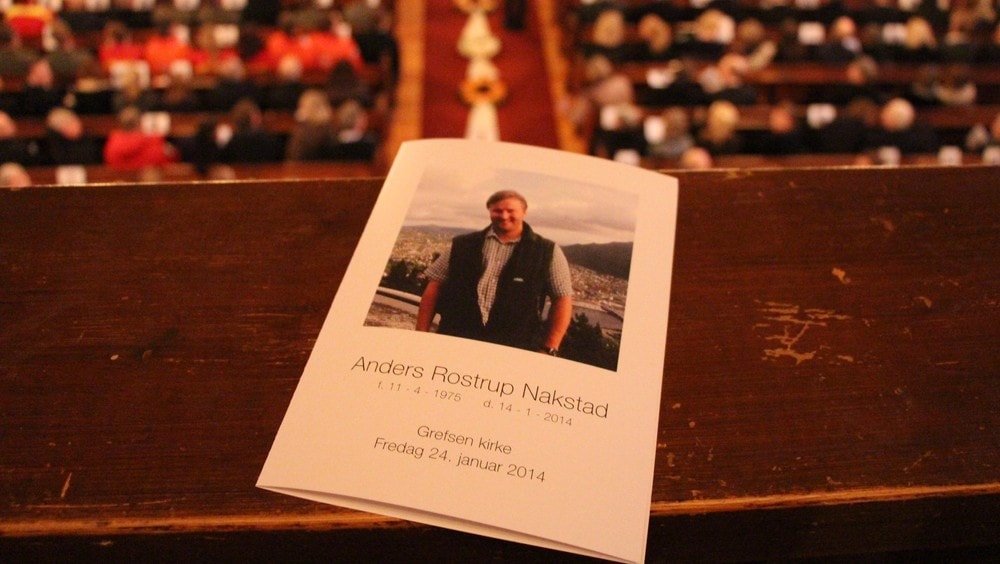
when integrated within fully coupled Earth system models (CMIP6). It also offers to compare solutions of the same ocean models when forced with reanalysis data (OMIP simulations) vs. OMIP aims to provide standard protocols and diagnostics for ocean models, while offering a forum to promote their common assessment and improvement. The Ocean Model Intercomparison Project (OMIP) focuses on the physics and biogeochemistry of the ocean component of Earth system models participating in the sixth phase of the Coupled Model Intercomparison Project (CMIP6).

Half sovereigns were minted in far smaller numbers than sovereigns, and there were many years when the pieces were not struck at all.Abstract. The half sovereign, which was also first minted in 1855, was discontinued much earlier, in 1918. After her death in 1901, the coins featured King Edward VII from 1902 to 1910, and then King George V from 1911 to 1931, when Australia’s last sovereign was struck. An amazing 47 of those years were in the reign of Queen Victoria. The Royal Mint established its third Australian branch office in Perth in 1899.Īustralian sovereigns were minted from 1855 until 1931. It was at this point in time that the reverse shield design on the half sovereign was discontinued. The jubilee design continued until 1893, when the Queen’s portrait was modified to reflect her age, known as the veiled head design.

To celebrate Queen Victoria’s Jubilee in 1887, a new obverse portrait design was introduced, and at the same time, the reverse shield design discontinued (on the sovereign only) and replaced with Benedetto Pistrucci’s interpretation of St George slaying the Dragon. It was also at this time, in 1872, that the Royal Mint established its second Australian branch office in Melbourne. Not only was the banksia removed from Queen Victoria’s hair, but two new reverse designs were also introduced – the traditional British St George and the Dragon, and a shield design, which ran in parallel. This touch of colonial pride seems to have gone unnoticed in London for a number of years until, in 1871, approval for the Sydney Mint design was abruptly revoked and Australian Sovereigns once again took on the traditional British flavour. The Australian flavour of the nation’s gold coinage was strengthened in 1857 when the design was altered to incorporate a sprig of banksia in the Queen’s hair. Australia did not operate under a single government until Federation in 1901. The coins were inscribed with the national name, Australia, even though the country was operating as separate colonies. The reverse design has fascinated historians and collectors alike for decades. Though the reverse side featured a uniquely Australian design, with the words Australia and Sydney Mint featured boldly, the obverse side was similar to English coins with the plain, ribboned head of Queen Victoria. Records indicate that 502,000 sovereigns were struck in the Sydney Mint’s first year of operation and only 21,000 half sovereigns. The mint began receiving gold on May 14, 1855, and issued its first sovereigns soon after on June 23. Dies produced at the Royal Mint London, and dated 1855, were despatched to the Sydney Mint which had been established on the site of the old Rum Hospital in Macquarie Street. Two years later the designs had been approved.

(See later paragraphs regarding proof coins.) Only one pair is held in private hands owned by Queensland collector Tom Hadley. Today, one pair is held in the British Museum and another in the Royal Mint Museum, Wales. But this was simply a planning and testing phase for it would be another two years before Australia would strike its first gold coin.Īs part of this testing process, the Royal Mint struck proof quality pieces depicting the 1853 designs as an historical record of their work: a total of three pairs each comprising an 1853 Proof Sovereign and an 1853 Proof Half Sovereign. The Royal Mint also manufactured the dies. On the 9th August 1853 Queen Victoria approved an Order in Council prepared by the British Government to establish Australia’s very first mint at or near Sydney, in New South Wales.Īlthough it was initially envisaged that the Sydney Mint would produce imperial design sovereigns, it was decided that, as the coins would be legal tender only in the colonies, a design specifically attributed to the Sydney Mint should be produced.ĭesigns of Australia’s first gold coinage were prepared in 1853 at the Royal Mint London. Sydney had applied for a branch of the Royal Mint as far back as December 1851. Unlike South Australia, which overcame a currency shortage by striking the Adelaide Pound, without British Government approval, Victoria and NSW followed protocol and petitioned for a branch of the Royal Mint to be established in their colonies.


 0 kommentar(er)
0 kommentar(er)
